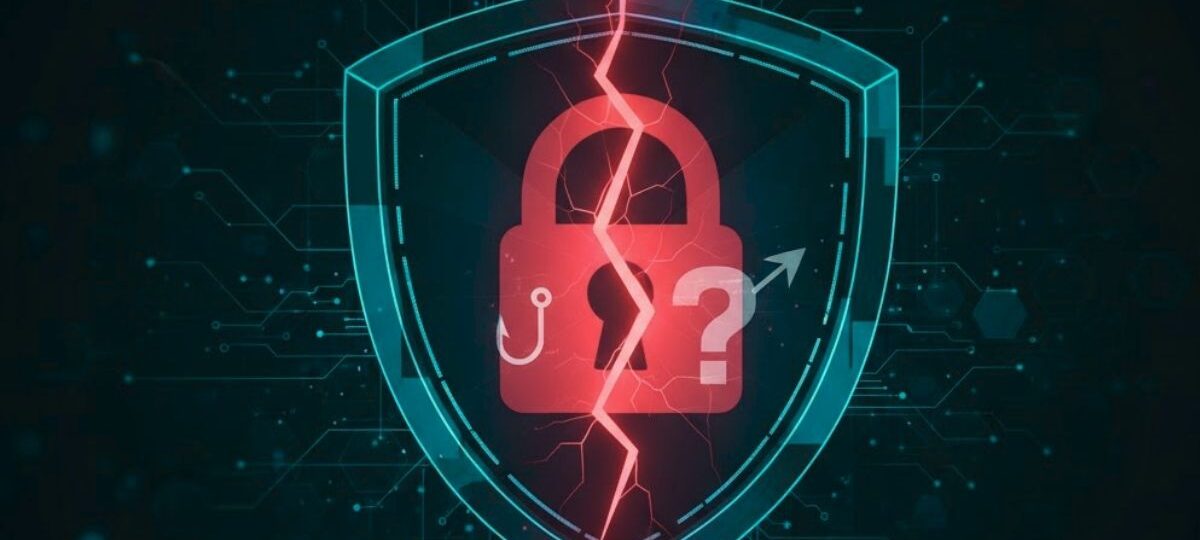In the continuous arms race of cybersecurity, organizations invest billions in sophisticated firewalls, intrusion detection systems, and advanced encryption. Yet, year after year, the vast majority of successful data breaches—often exceeding 90%—still trace back to one fundamental vulnerability: human psychology. This is the domain of Social Engineering, the art of manipulating people into performing actions or divulging confidential information.
The most pervasive and damaging form of this manipulation is Phishing. While social engineering is the broad strategy of psychological trickery, phishing is the digital delivery mechanism, masquerading as a trusted entity to capture credentials. Understanding the nexus between these two forces is not just a matter of IT policy, but a critical imperative for survival in the modern digital landscape.
Part I: Social Engineering – Exploiting Trust, Fear, and Authority
Social engineering is not a technical hack; it is a meticulously crafted psychological ploy. Attackers leverage ingrained human tendencies and emotions to bypass logical reasoning. The methods often appeal to one or more of the following core psychological triggers:
1. Urgency and Fear (The Time-Sensitive Trap)
Attackers create a crisis to force immediate, unthinking action. A message stating, “Your bank account has been compromised, click here to verify your identity immediately or face closure,” exploits fear and urgency, eliminating the time a victim might spend critically evaluating the suspicious URL or email address.
2. Authority and Trust (The Impersonation Game)
Humans are conditioned to respect authority. Social engineers exploit this by impersonating trusted figures: the company CEO, a governmental agency (like the IRS or FBI), or a helpful IT support technician. These ploys instill a sense of obligation and reduce the likelihood of the victim questioning the request.
3. Curiosity and Reward (The Bait)
Whether it’s the promise of a large sum of money, a highly-anticipated digital file, or a seemingly accidental leak of sensitive company information (e.g., a “confidential” USB drive left in a parking lot), human curiosity and greed often outweigh caution. This tactic is known as Baiting.
Part II: Phishing – The Evolving Digital Delivery
Phishing is the most common cybercrime because it is cheap, easy to deploy, and highly effective. While the classic phishing attempt involved a poorly written email from a “Nigerian Prince,” modern attacks are sophisticated, highly customized, and nearly indistinguishable from legitimate communications.
The evolution of phishing has led to specialized, targeted attacks:
| Phishing Variant | Description | Target |
| Spear Phishing | Highly personalized emails aimed at a specific individual, often using details gathered from social media or corporate profiles to build trust. | Executives, IT administrators, or employees with specific system access. |
| Whaling | A form of phishing that exclusively targets senior executives (whales) like the CEO or CFO, typically seeking wire transfers or corporate secrets. | High-value, high-access individuals within an organization. |
| Vishing | Voice Phishing; conducted via phone call, often using Voice over IP (VoIP) to spoof legitimate numbers. Attackers impersonate banks or tech support. | General public, targeting financial accounts or remote access to devices. |
| Smishing | SMS Phishing; utilizing text messages to direct users to malicious links, often disguised as urgent updates about package delivery, two-factor authentication codes, or banking alerts. | Anyone with a mobile phone. |
| Pretexting | The verbal equivalent of spear phishing, where the attacker uses an elaborate, fabricated story (a pretext) to engage the target over the phone and elicit sensitive data. | Human Resources staff or financial department personnel. |
The attackers behind these campaigns are consistently refining their techniques, increasingly utilizing Artificial Intelligence (AI) to generate perfectly written, contextually relevant, and linguistically flawless deceptive messages, making them harder than ever to detect.
Part III: Beyond the Inbox – Physical Social Engineering
While digital attacks dominate the headlines, social engineering tactics often manifest in the physical world, emphasizing that security is not just about technology:
- Tailgating (or Piggybacking): An unauthorized person follows an authorized employee into a secure area. They might feign an emergency, pretend their badge is broken, or simply ask the courtesy of the door being held for them while carrying large items.
- Dumpster Diving: Searching through physical trash bins for confidential documents, un-shredded bills, employee lists, or internal memos that can be used to craft a highly believable spear-phishing or pretexting attack.
- Impersonation: Posing as a utility worker, fire marshal, or maintenance person to gain physical access to a server room or a secure office area. A fake uniform and a clipboard can be remarkably effective tools.
Part IV: The Digital Fortress – Strategies for Protection
Since the root cause of these attacks is human behavior, the defense must be layered—combining robust technology with a relentless commitment to education.
1. Prioritize Security Awareness Training
The single most effective defense is a well-trained, suspicious workforce. Organizations must implement mandatory, regular training that includes:
- Simulated Phishing Tests: Sending controlled, safe fake phishing emails to employees to measure their response and identify weak points.
- Highlighting Red Flags: Teaching employees to look for mismatched sender addresses, suspicious urgency, generic greetings (“Dear Customer”), and requests for credentials.
- Independent Verification Protocols: Establishing a strict rule that sensitive requests (especially wire transfers) must be verified through a secondary channel, such as a phone call to a known number, not the number provided in the email.
2. Implement Critical Technological Safeguards
Technology can reduce the exposure to social engineering by catching attacks the moment human vigilance fails:
- Multi-Factor Authentication (MFA): This is the strongest technical defense against credential theft. If an attacker steals a username and password via phishing, the account remains protected without the required second factor (e.g., a code from an authenticator app).
- Robust Email Gateways: Advanced email filters and spam protection systems should be configured to detect and flag or quarantine known malicious links, spoofed sender domains, and suspicious attachments.
- Principle of Least Privilege: Limiting what each user can access. If an employee’s account is compromised, the attacker can only access the minimum amount of data required for that employee’s role, limiting the scope of the breach.
Conclusion
Social engineering and phishing attacks are not fleeting trends; they are the enduring face of cybercrime because they leverage the one constant in security: human nature. No amount of hardware can fully mitigate human error. The invisible breach—the successful manipulation of a trusted employee—is often the costliest. By fostering a culture of healthy skepticism, continuous education, and layered security technology, individuals and organizations can transform their greatest vulnerability into their most resilient and intelligent defense.
See Also: Bootloader Exploits & Kernel Patches: Securing the OS Core










